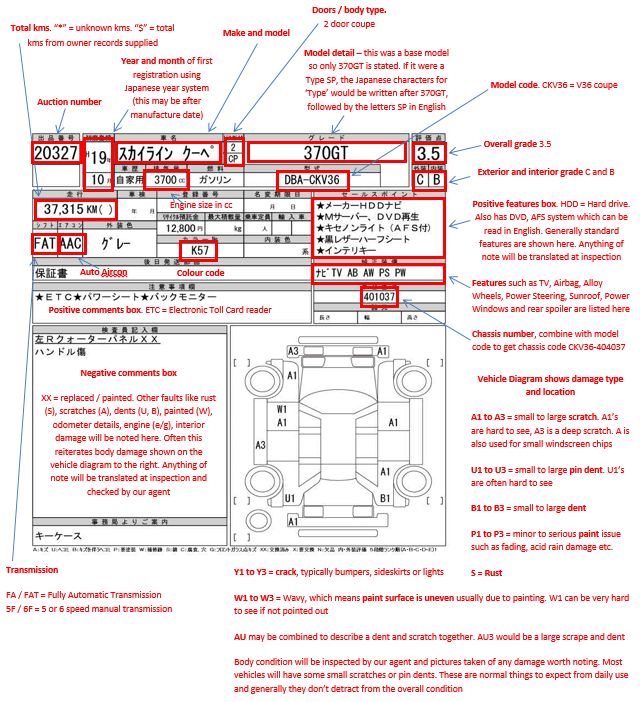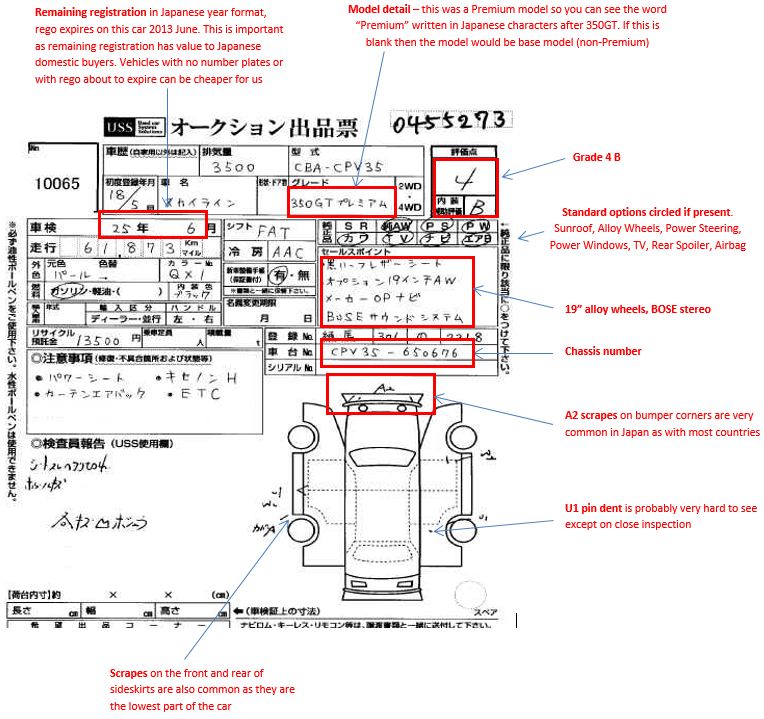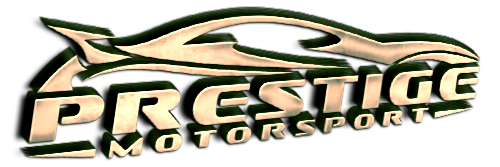The Japanese Auction System operates on a vast scale
More than 80 auctions and 140,000+ vehicles every week
This Japanese Auction Guide sets out how it all works
Use our Online Auction Search to view upcoming and past auction vehicles
FREE TRIAL our Auction Alerts System to receive daily email updates
See How Auctions Work to feel more comfortable about the process
Understand the grading system and abbreviations used on a Japanese auction sheet
Preparing to Bid at Auction explains how to inspect and bid on vehicles
Contact us at any time if you need further help or advice
The video below shows a typical Japanese auction in progress. Bidding for most vehicles takes about 10 seconds before they are either sold or passed in (reserve price not met).
Auction Basics
The basic information on Japanese auction sheets is simple to understand as numbers and codes are used.
Many options, performance modifications and brand names are written in English.
Often the comments in Japanese to the left of the vehicle diagram will reiterate the damage shown.
Our agents translate relevant points from the positive and negative sections of the Japanese auction sheet, into English.
They run the engine and check the transmission while the vehicle is stationary.
Additional pictures are taken of the vehicle including underbody, interior, exterior, and any modifications.
There is much more to buying a vehicle than just the auction grade.
This is where experience is necessary to select only the best vehicles.
See How to Buy and What We Do for more detail on the auction inspection and bidding process.
We specialise in direct car import from Japan and have been sourcing vehicles to order for private Australian buyers for over 25 years.
Every vehicle is hand-picked and we only source the very best.
We make your Japanese car import process easy with physical inspections of vehicles by experienced staff at over 30 auctions every week in the Tokyo, Nagoya, Osaka, Kobe, and Kyushu / Fukuoka regions.
We start by focusing only on vehicles with the highest auction grades. But there is a LOT more involved than just basic auction grading !
Auction reports are often not reliable – we inspect every vehicle of interest in person to ensure it is up to our standard and has the options and features you want.
Most people (even Japanese export agents) do not realise that a significant % of vehicles in Japan are bought and sold by Japanese dealers for a quick profit between different auctions. If you are not aware of this you will almost certainly pay more than you needed to for exactly the same car.
Our experience with this situation alone will often save you more than the cost of our service fee.
Our import agent service includes a pre-check for past auction records using JCHC, at no cost to you. This allows us to rule out:
-
Cars recently auctioned and moved to a different auction for quick resale
-
Graded R (accident repair) cars changed to higher grades
-
Cars that have passed in unsold multiple times indicating a problem with the condition and/or price.






I am glad to report under closer inspection there was a spare key hidden in the back of the car’s booklet envelope that was sent by the Japanese agent. Pretty happy with that so my mind is at peace. Thanks for the assistance once again, really happy with your service. I may have a few more customers to throw your way.